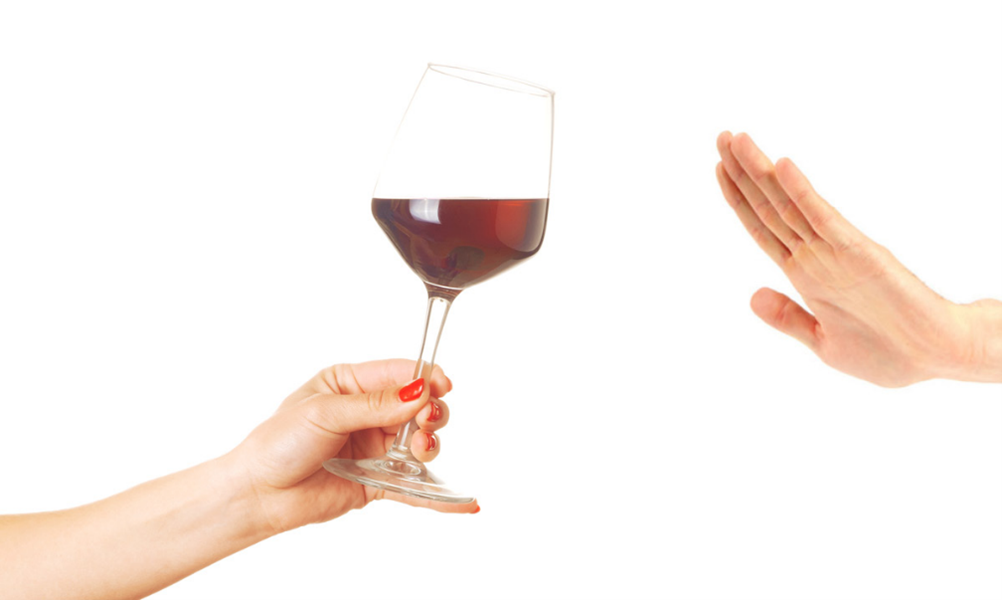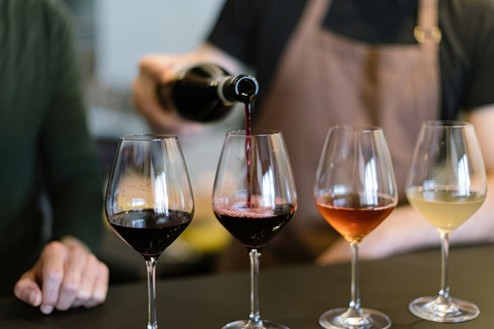In 1805, François Clicquot died. He had inherited a Champagne house from his father, and his widow (veuve in French), Barbe-Nicole née Ponsardin was left to run the company. And wow did she run it well. Under her direction, the company sold the first vintage Champagne, the first rosé Champagne and generally established sparkling wine from that region as the premier luxury drink.
If you visit the company now named for la Veuve Clicquot in Reims, you’ll learn all about the Grande Madame (yes, their top wines are named for her). You’ll get to see the cellars where the Champagne is aged and you’ll get to try some rather interesting examples of the Champagne-maker’s art. You won’t see vineyards or even well-tended gardens. The entry to the winery is simple and architecturally uninteresting. The caves are everything.
There is no tasting room as such. All visits include a guided tour of the caves with a sample of Champagne at the end. The caves are large openings within the tunnels, some of which date back to Roman times. Others were dug under Mme Clicquot’s reign. Many of them are decorated with sculptures and other artwork. The guide explains the making of Champagne, including the process of riddling, which Mme Clicquot also invented. (Riddling is the manual turning of the bottles to capture the dead yeasts from second fermentation in the neck of the bottle, to be expelled, leaving a clear beverage.)
The tour is interesting for a first-time visitor to a Champagne house (or even the better sparkling wine makers in the New World). Once you’ve seen it and heard about it, there’s not a lot of new information to gather. We will say that we appreciated the knowledge of the guide who showed us around and her ability to answer questions that weren’t on the script.
Guides serving Champagnes in the caves.
Veuve Clicquot offers four tours. One is of their basic Yellow Label and lasts an hour. Another similar tour focuses on rosé Champagne. We took the one that offered more interesting wines to taste and lasted an hour and a half. We must say that we were impressed by the depth and differences among the wines served. There is also a two-hour tour that includes aged bottles. The prices for the tours range from 36 to 160 euros. These prices have increased a bit since we visited only a few months ago.
So is it worth it to visit Veuve Clicquot. Yes, it is. For one thing, when you are there you are on the spot in which Champagne as we know it today – clear, sparkling, elegant, festive – was invented. For another, if you take a tour other than the Yellow Label one, you’ll get to experience otherwise unavailable wines in the caves. There is a lot to be said for authenticity. You can buy a bottle of Veuve Clicquot at home and you will enjoy it. You can also buy a postcard of the Mona Lisa. Same wine, same picture, but not the same experience.












